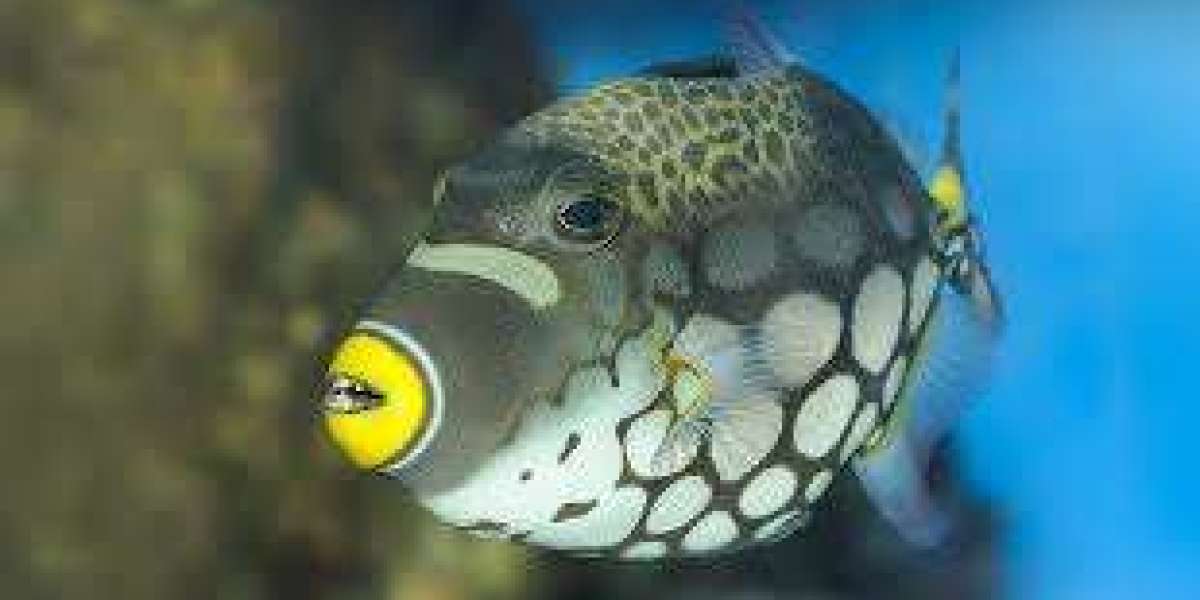When it comes to fish identification, the context in which it's applied significantly influences the methods used. Recreational anglers, hobbyists, and scientists all have distinct needs, which shape their approaches to identifying fish species. This article explores the fascinating contrasts between these techniques, shedding light on the tools, purposes, and challenges involved.
Why Fish Identification Matters
Fish identification plays a crucial role across various domains:
Recreational fishing: Anglers rely on identification to comply with regulations, avoid catching protected species, and enhance their overall fishing experience.
Scientific research: Accurate identification supports biodiversity studies, conservation efforts, and sustainable resource management.
Commercial relevance: From eco-tourism to aquaculture, correct identification ensures ethical and profitable practices.
Recreational Techniques for Fish Identification
1. Field Guides and Visual Cues
What they are: Printed field guides, mobile apps, and illustrated charts.
Key Features: Focus on common species in specific regions. They use images, descriptions, and tips for distinguishing similar species.
Example: A recreational angler in Florida might consult a guide to differentiate between a Red Drum and a Black Drum.
Why they work: These tools are user-friendly and cater to enthusiasts with minimal expertise.
2. Community Forums and Apps
Platforms like iNaturalist or Fishbrain enable anglers to share pictures and get crowd-sourced identifications.
Benefits:
Real-time feedback.
GPS integration for local species insights.
Accessible to beginners.
3. Basic Knowledge of Regulations
Recreational anglers often prioritize identifying fish species subject to size, bag, or seasonal limits.
Example:
U.S. fishermen catching snapper species must distinguish between Red Snapper and Vermilion Snapper to meet legal requirements.
Scientific Techniques
1. Morphological Analysis
What it involves: Measuring physical traits such as fin structures, scale patterns, and body proportions.
Application: Morphological keys and dichotomous guides are standard for identifying fish.
Example: Marine biologists often rely on this method to categorize fish in field surveys.
2. Genetic Analysis
DNA Barcoding: Researchers use genetic markers to identify species with high accuracy.
Purpose:
Differentiates cryptic species that look identical.
Useful for larvae and egg identification.
Example: A study by the Barcode of Life initiative identified over 1,000 fish species using this method (source: DOI: 10.1093).
3. Acoustic Monitoring
Certain species produce unique sounds. Scientists use hydrophones to identify species in specific habitats, such as coral reefs.
Real-life data: NOAA’s Passive Acoustic Monitoring program recorded spawning events of the Gulf Corvina using sound patterns.
4. Machine Learning and AI
How it works: AI systems trained on large datasets can analyze images or videos to identify species.
Example: Tools like FishID, used in research, achieve up to 95% accuracy in identifying fish from underwater footage.
Advantage: Scalable for large-scale biodiversity assessments.
Key Differences Between Recreational and Scientific Techniques
Aspect Recreational Techniques Scientific Techniques
Purpose Fun, compliance, and community involvement Research, conservation, and biodiversity tracking
Tools Used Field guides, apps, and forums DNA barcoding, morphological keys, and AI systems
Accuracy Needed Moderate (within legal or personal limits) High (critical for reliable data)
Training Level Informal, based on hobby interest Formal, requiring advanced skills
Challenges in Fish Identification
1. Habitat Overlap
Many species share overlapping habitats, making identification difficult for both anglers and scientists.
Example: Anglers in the Great Lakes may confuse Lake Trout with Brook Trout due to similar appearances.
2. Juvenile and Adult Differences
Juvenile fish often look dramatically different from adults, leading to misidentifications.
Scientific researchers rely on genetic analysis to overcome this challenge.
3. Rapid Technological Changes
While apps and AI streamline identification, they require regular updates to stay relevant. Recreational users often struggle with outdated tools, while scientists face funding constraints.
The Role of Citizen Science in Bridging the Gap
Platforms like eBird (adapted for fish studies) enable recreational users to contribute to scientific databases. By submitting observations and photos, they aid researchers in expanding knowledge of species distribution.
Real-life Example
The Great Reef Census in Australia encouraged recreational divers to document fish species, contributing to valuable reef conservation data.
Tips for Better Fish Identification
For Recreational Anglers:
Invest in a reliable field guide for your region.
Join local fishing communities to exchange tips.
Use apps with geotagging features for precise identification.
For Aspiring Researchers:
Stay updated on genetic identification techniques.
Gain hands-on experience with morphological keys.
Explore AI-powered tools like FishNet for species cataloging.
Conclusion
Fish identification, whether for leisure or science, plays a pivotal role in understanding aquatic ecosystems. While recreational anglers focus on ease and practicality, scientific researchers prioritize accuracy and long-term data integrity. By embracing new technologies and fostering collaboration between these groups, we can ensure the sustainable management of marine resources for generations to come.






